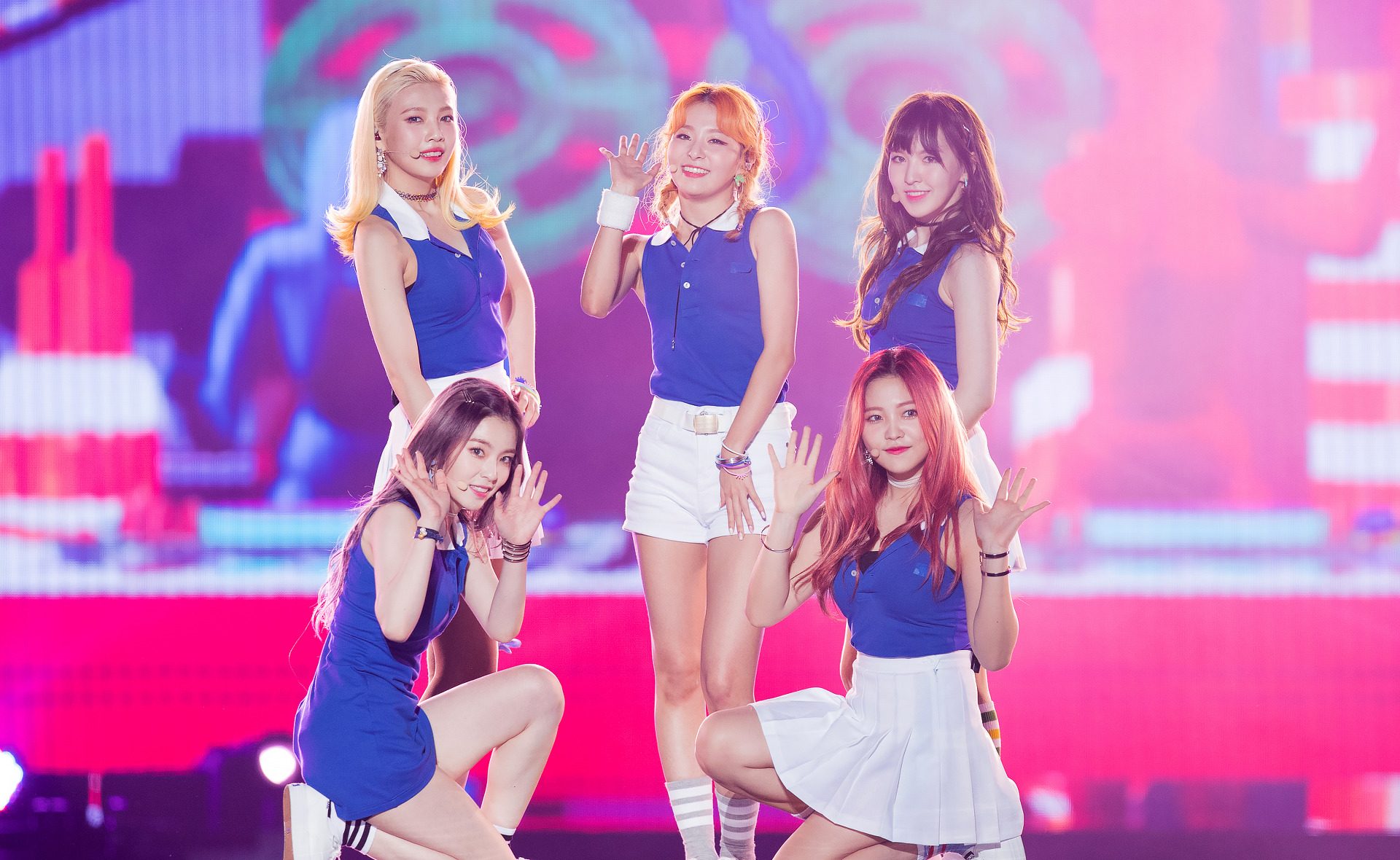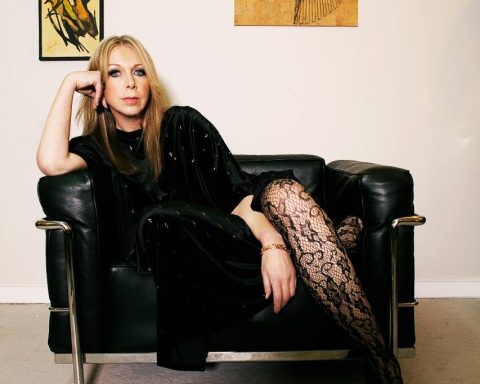K-pop groups like BTS, BLACKPINK, and SEVENTEEN now claim the spotlight on the world stage. This self-contained music industry continues to expand at a dizzying pace. Is there room for international songwriters, producers, and session musicians to join in? A few years ago, New York-based musician Megan Dervin-Ackerman booked some songwriting sessions in South Korea. At the time, not all musicians were yet aware of K-pop’s growing status. However, she certainly was.
Following that trip, Dervin-Ackerman delved even further into the K-pop universe. Last year, she co-produced the Girl Crush K-pop Vocals sample pack with collaborators EJAE and Dominique. Inspiration for the pack came from girl groups such as BLACKPINK, EVERGLOW, and (G)I-DLE.
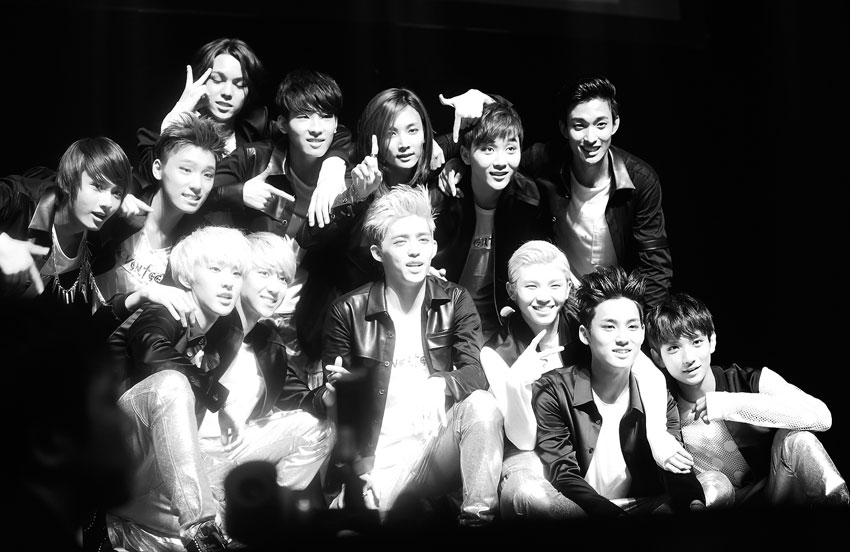
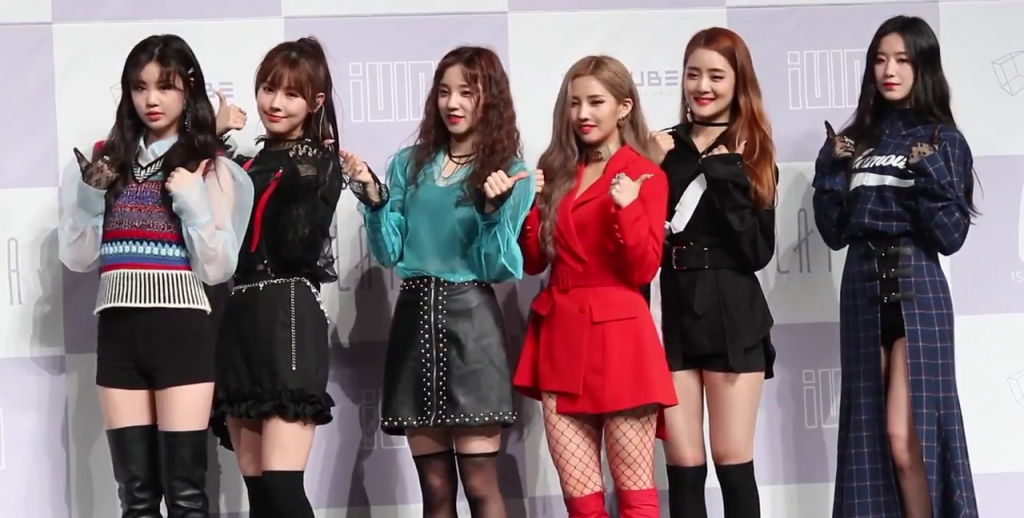
A Universal Language
With the popularity of BLACKPINK’s Netflix documentary, more music listeners are becoming fascinated by K-pop. Often, the style’s meticulous presentation and glamour draw potential fans in first. Given Dervin-Ackerman’s close encounters with the genre, she has further insights about what makes K-pop special. “So much of their approach to songwriting is catchiness,” she explains. “It relies on a heavier focus on melody and production than lyrics.”
Dervin-Ackerman quickly adds, “One thing I’ve noticed is K-pop’s use of onomatopoeia. Also, phrases that are universally recognized, no matter what language you speak.”
These sounds contribute to the earworm effect. “That’s why you hear a lot of the hooks being English words—or even nonsense. Still, these phrases and sounds are universally relatable. This leaves a lot of room for songwriters and producers from all over the world to get involved.”
Megan’s words immediately bring to mind BLACKPINK’s “뚜두뚜두 (DDU-DU DDU-DU).” The official music video for the single has garnered 1.4 billion YouTube views to date.
"These phrases and sounds are universally relatable. This leaves room for producers from all over the world."
-Megan Dervin-Ackerman
Inside the Industry Machine
A colleague of Dervin-Ackerman, EJAE spent half her life in South Korea and half in the United States. While in Seoul, she entered the K-pop world as a trainee at SM Entertainment, one of the biggest production companies in the South Korean music industry.
EJAE doesn’t underestimate the role her relationship with SM Entertainment played in her success. She co-wrote K-pop girl group Red Velvet’s massive single, “Psycho” and more recently, TAEYEON’s “Sorrow.” SM Entertainment funded both projects.
Eventually, EJAE moved to the US to pursue pop music. At that time, K-pop had yet to achieve its current level of success. When asked if she expected K-pop to become a worldwide phenomenon, her answer is a resolute no. “One of the biggest factors is social media,” EJAE believes. “It allows the world to connect so quickly. K-pop, which was already an internet sensation, naturally became a sensation worldwide.”
"One of the biggest factors is social media.
K-pop naturally became a sensation worldwide." -EJAE
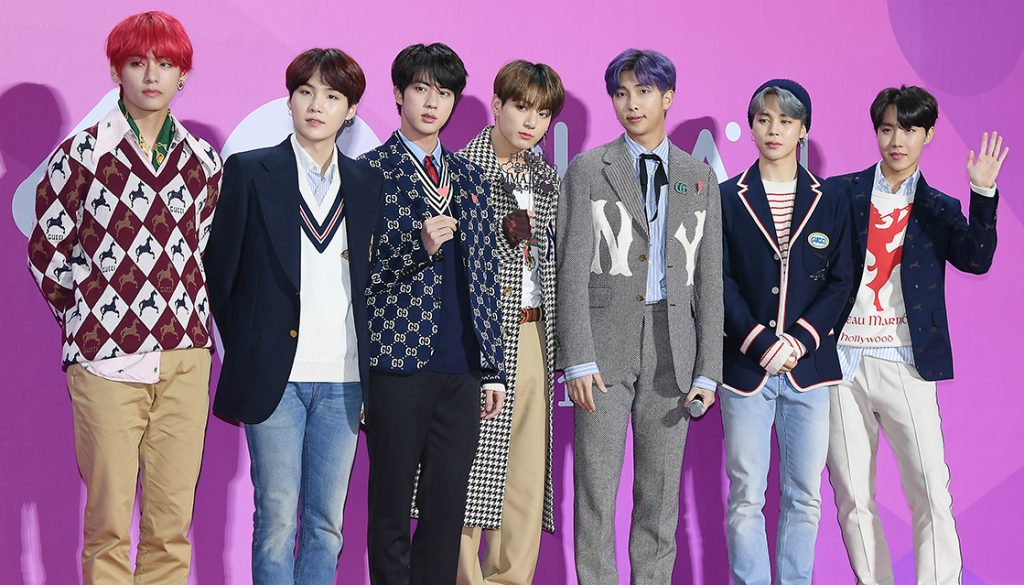
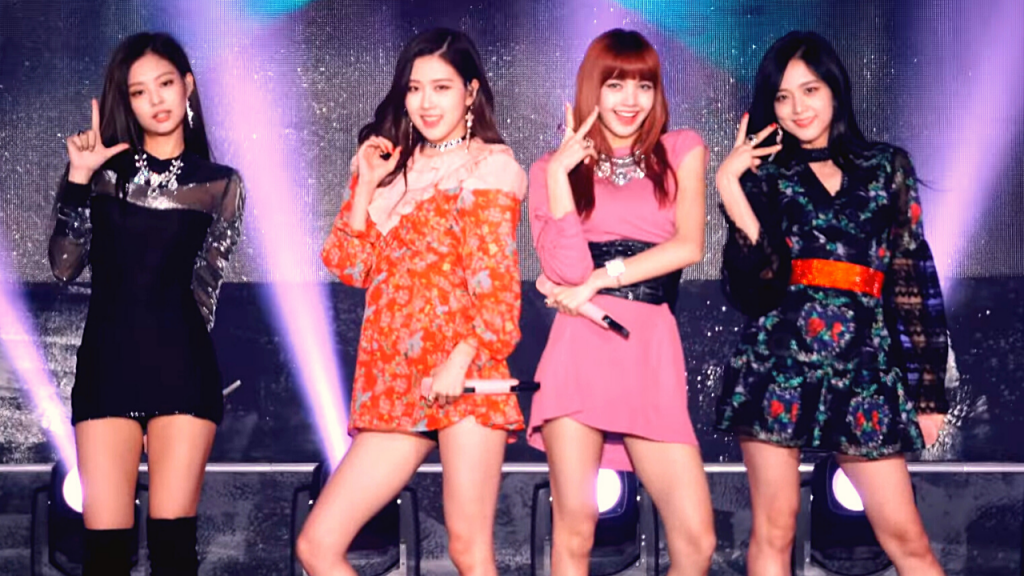
Growth Equals Opportunity
The more widespread K-pop gets, the more opportunities it holds for international musicians. “Having foreign writers was always a thing in the K-pop industry. It’s only been growing recently,” EJAE asserts.
There are some challenges as a result of this outside influence. “It’s becoming an issue for writers in Korea to get songs cut because of foreign competition,” she says. “I’ve noticed a mindset that music from foreign writers is better. So, a lot of the hit writers for K-pop are non-Korean or straight-up non-Asian.”
EJAE also has some advice for aspiring writers. After working on several high-profile projects, she confirms that companies accept unsolicited pitches. “Hitting up K-pop writers or producers via social media is a great way to get in the door.”
The other co-producer of the “Girl Crush K-pop Vocals” sample pack goes by Dominique. She studied K-pop girl groups to ensure she mastered their attitude and vocal style. As an artist herself, Dominique has thoughts on what makes K-pop vocals unique. “The processing is crisp and clear,” she says. “Also, the production contains layers of backing vocals. This makes vocals sound huge and stick out from all other track elements.”
"It requires the perfect amount of attitude and precision." -Dominique
Stylistic Demands
Dominique elaborates on the genre’s greatest musical challenge. “It’s really hard to sing. A vocalist would need years of training to nail the performance aspect.” She goes on to discuss some of the other stylistic elements that make K-pop so demanding.
“There’s the rap aspect too. It requires the perfect amount of attitude and precision,” says Dominique. “The melodies need to be unique and jam-packed with hooks. Also, the lyrics should be empowering and confident.”
Along with power, precision, and dexterity, singers must also know some music theory. “Finally, in all styles of K-pop, it’s common to have mode changes throughout the songs. Switching from major to minor happens frequently.”
A Ph.D. in K-pop?
Guitarist Maddie Rice has toured with K-pop megastar, TAEYANG. Rice considered working in the South Korean music industry early on. She even studied the Korean language while on tour. Though she recently joined the Saturday Night Live house band, Rice remains fascinated by K-pop. She states, “Our aesthetic preference is primed for what K-pop has to offer. A K-pop video is a tiny, three-minute world where everything is perfect and controlled.”
The allure of the genre is obvious to her. “It’s pretty irresistible to people at this moment,” she laughs. “Someone’s probably writing a Ph.D. thesis on the aesthetics of K-pop as we speak.”
"Melodies need to be unique and jam-packed with hooks. Lyrics should be empowering and confident." -Dominique
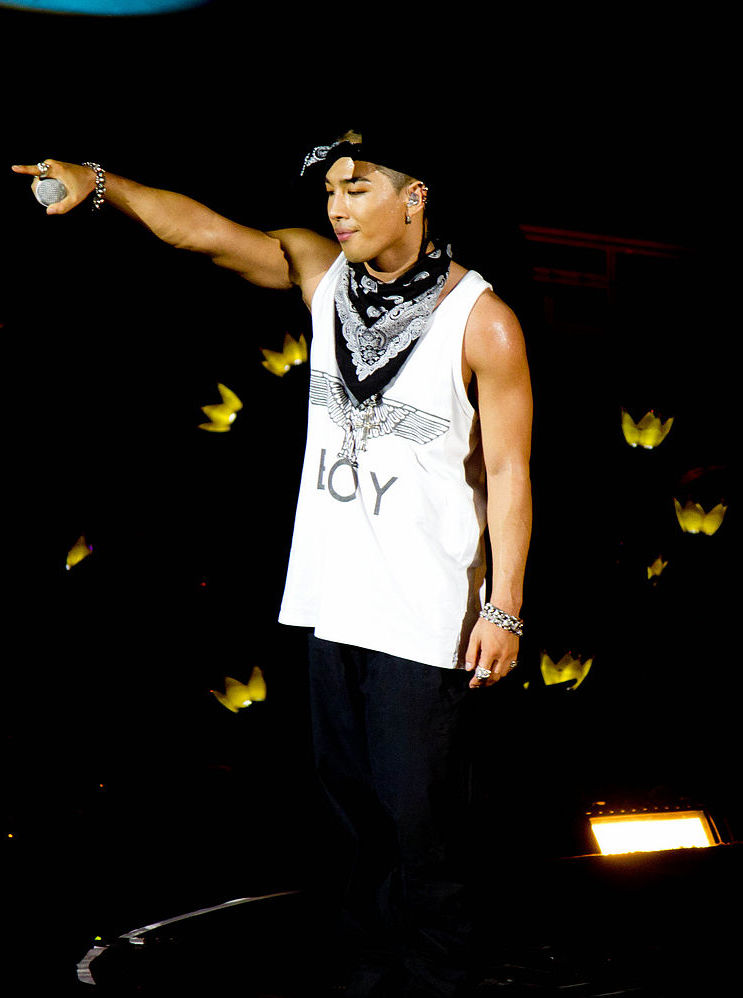
Touring with TAEYANG
Live shows are essential to K-pop. So, what were preparations like for a TAEYANG performance? “We would work on the set for a week or two in the States without TAEYANG,” recalls Rice. “During that time, we’d come up with new and interesting arrangements for the songs.”
At that point, the artist became involved in the process. “We’d record rehearsals and send them to him and his team for feedback. By the time we got to Seoul or Tokyo, we were mostly polishing and drilling the set.”
Still, things could change quite a bit depending on how the visuals developed. “No second could be unaccounted for,” Rice maintains. “Absolutely no silence, unless for effect. We’d have to come up with transitions if he rearranged the set, even a whole ‘jam’ for during a costume change.” Eventually, rehearsals resumed at a venue or warehouse where TAEYANG’s team built a stage. The group spent several days rehearsing choreography, lighting, video, and other production elements.
Once an exotic offshoot, South Korea’s music industry continues to experience global success. In its afterglow, there’s no telling if K-pop is a trend or a prominent genre that will prevail for many years to come. One thing is certain: The Western music industry’s place on the global stage is now challenged.
